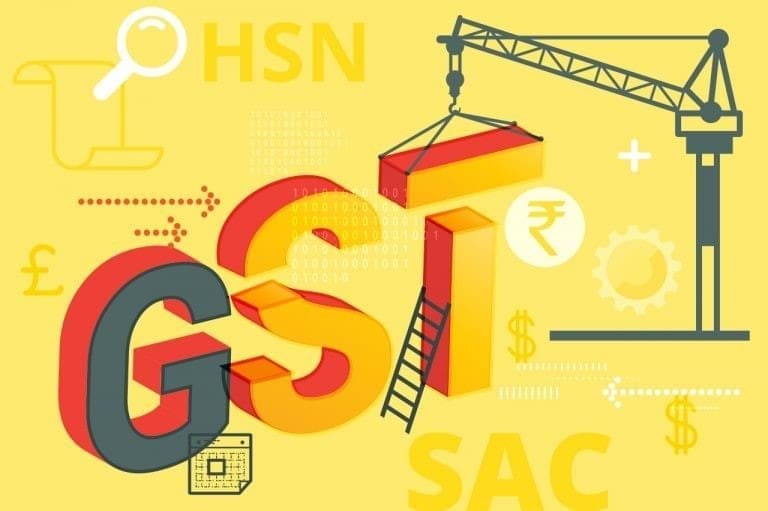Under GST, the term ‘Inverted Tax Structure’ refers to a situation where the rate of tax on inward supplies (purchases) is more than the rate of tax on outward supplies (sales). In simple terms, the GST rate paid on purchases is more than the GST rate payable on sales.
Taxpayers who face an inverted duty structure will always have GST Input Tax Credit (ITC) in their GST electronic credit ledger even after paying off the output tax liability. This creates working capital issues for the taxpayers, as their capital remains blocked in the form of ITC. Hence, the GST law provides the option to claim the unutilised ITC as a refund.
Section 54(3) of the CGST Act states that unutilised ITC can be claimed, but the GST department is not considering the unutilised ITC on services while calculating “Net ITC” as per Rule 89(5) of CGST Rules. Hence, there is confusion on whether a taxpayer is eligible to claim a refund of unutilised ITC on input services or not.
Recently, the honourable Gujarat High Court held that a refund for the unutilised amount of ITC on input and input services is permissible. The court stated that section 54 specifies the word “input tax credit”. As per section 2(63) “input tax credit” means the “credit of input tax”, whereas the “Input tax” as per section 2(62) means the tax paid on both goods and services. Hence, the court ruled that the department should not restrict the refund to only inputs.
The refund process under GST is tedious. Also, it creates additional compliance requirements and finally leads to more cost of compliance. In this way, the inverted duty structure has caused refund-related issues under the GST regime. Also, the inverted duty structure uplifts imports and results in weakening the domestic industry.
Any proposal which affects the GST revenues should first pass through the GST fitment committee. The GST fitment committee analyses the impact of the proposal, and then it submits the same to the Council to take decisions. The Finance Ministry officials made several attempts to solve GST refund issues related to inverted structure duty.
The GST refund problems related to inverted duty structure have come up before the Council in several instances during past meetings. In a GST Council meeting which was held in December 2018, it was concluded that clarifications would be given on some issues related to GST refund. A clarification was issued by the Central Board of Indirect Taxes and Custom (CBIC) stating that, in the case of an inverted tax structure, the refund of unutilised ITC is available even after utilising the available ITC for paying the output tax liability.
The GST rates concerning the inverted duty structure are to be realigned under GST, and they have to be corrected from a working capital point of view which helps input suppliers as well as buyers. The GST Council has begun fixing the cases of inverted tax structure prevalent for certain items and sectors. In the 38th GST Council meeting, GST on woven and non-woven bags was increased from 12 percent to 18 percent. Also in the 39th GST Council meeting, GST on mobile phones and specified parts was increased from 12 percent to 18 percent. There are few other industries such as textiles, solar modules, fertilisers, steel utensils, railway wagons, and textiles which have been encountering difficulties due to the inverted duty structure.
The other way to correct the inverted duty structure is to decrease the GST rates on inputs. However, the government is not ready to lose its revenue by reducing the GST rates in the present situation. Also, it is not fair to increase the GST rates on the outputs to correct the inverted duty structure. The rise in GST rates may solve the problems caused by the inverted duty structure, but it will create more burden on the small entities and the final consumers. Thereby it will adversely affect the fundamental objective of GST, which is reducing the tax burden on the final consumers.
Hence, the best possible solution for the government is to come up with a special refund mechanism for the taxpayers who are applying for the refund of unutilised ITC under inverted duty structure. Through this mechanism, the government can process refunds related to the inverted duty structure in a faster manner and lessen the burden to the taxpayers.

